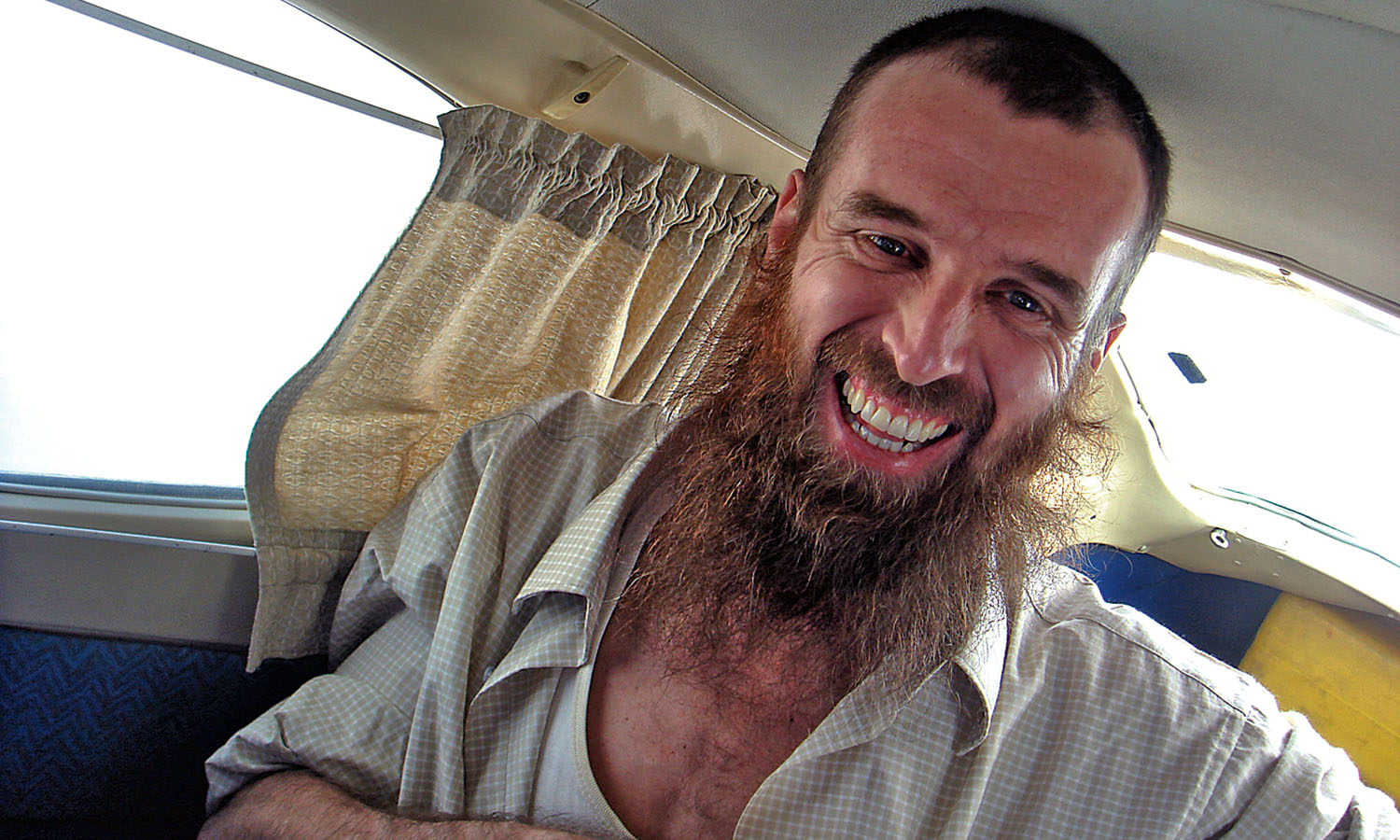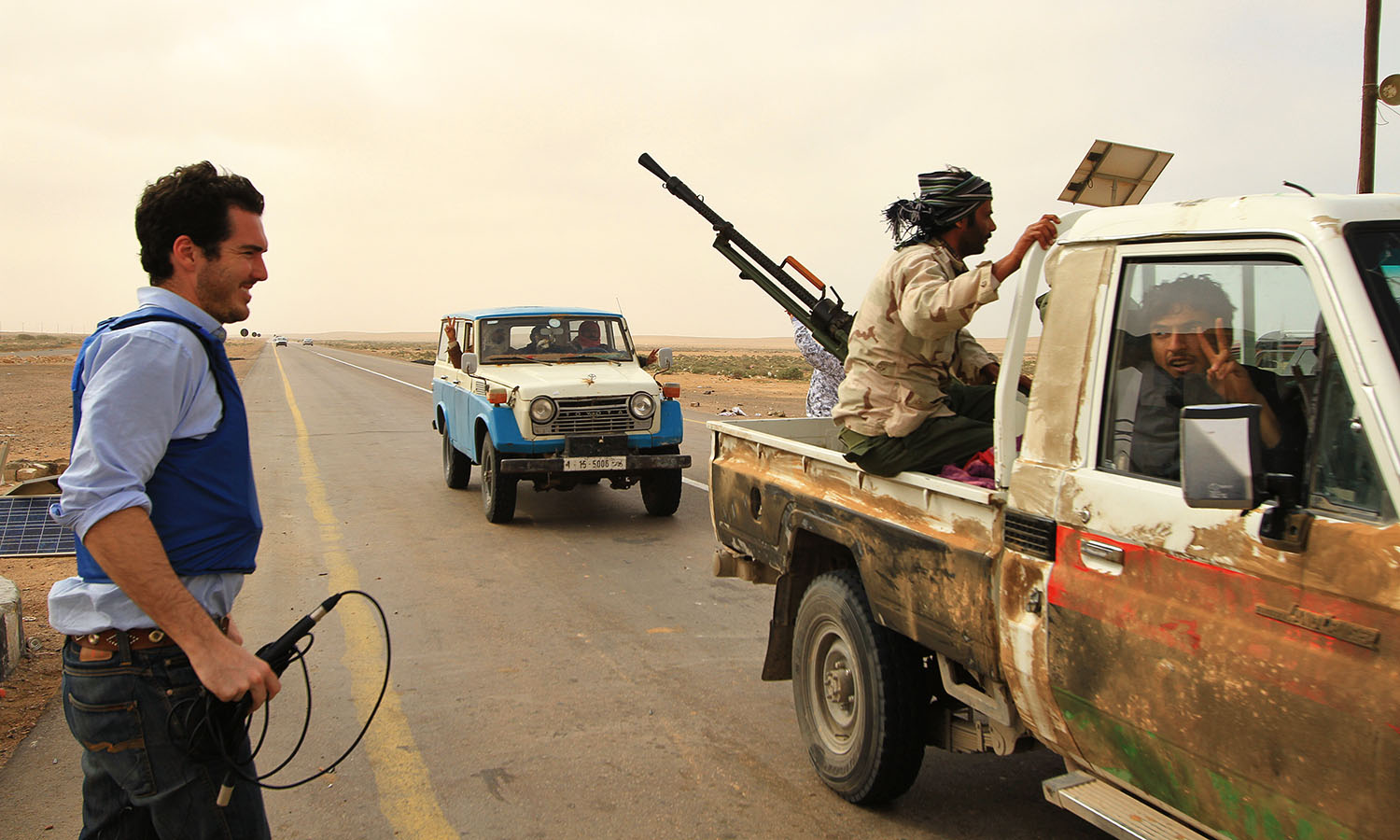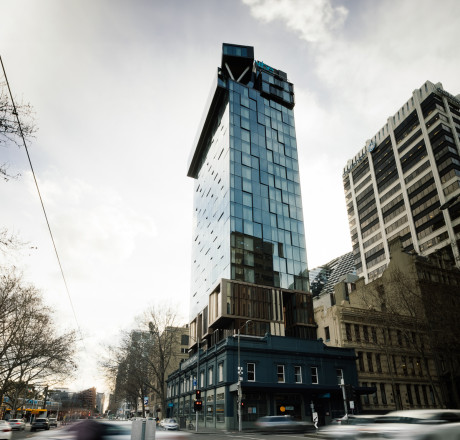Australia
Australia
Ransom Notes
“There’s that constant fear that you live with as a hostage, that this could end at any moment,” says the former photojournalist, who was held captive by Islamist insurgents for 462 days after being kidnapped outside Mogadishu in 2008.
Brennan was eventually freed in November 2009, after his family raised a $650,000 ransom, risking prosecution for ‘financing’ a terrorist organisation. His period of captivity was the longest suffered by an Australian outside a prisoner of war scenario.
In some jobs, no amount of training can substitute for real-life experience. No classroom can replicate the utter terror of being ambushed at gunpoint, threatened with death, tortured, shackled and held in isolation for months. And that is why Brennan decided to channel his harrowing experience into a new career path.
Today, he is a kidnap and ransom specialist, employed to train high-risk travellers in counter hostage skills before they deploy to some of the most hostile countries on earth. Brennan’s also the go-to man when travellers find themselves on the wrong end of an AK-47. He’s the kind of man you hope you never have to call on abroad.


“People say it’s quite a strange job I’ve found myself in, and I guess it is a bit of a niche market,” Brennan, 40, says. “But I guess to have that knowledge base and to not use it would be such a waste. It’s good to help other people.”
Brennan is a consultant for crisis and risk management firm Dynamiq, which, in partnership with Accident and Health International (AHI), is the only Australian-owned company to offer travel insurance underwriting and response for kidnap and ransom, detention and extortion. AHI is the underwriter and Dynamiq the 24/7 duress dynamo. When an Aussie is in strife overseas, be it a health emergency, kidnap, terrorist attack or natural disaster, it’s Dynamiq’s team of ex-commandos that leaps into action.
Dynamiq has assisted with the release of hostages in Mexico and Papua New Guinea, rescued clients in peril during the Mumbai terrorist attacks and Bangkok riots, chaperoned journalists to war zones, and led the search and recovery operation for the Sundance Resources plane crash in the Congo, which killed the entire board of directors in 2010.
Part of their brief is helping prevent clients from getting into trouble abroad in the first place. Dynamiq runs a series of travel safety and hostile environment training courses to wise-up high-risk travellers on personal security. Brennan takes the hostage and ransom module, and realises now how “green and naive” he was going into Somalia to report on the humanitarian crisis in 2008. He says there were several ‘red flags’ that should have rung alarm bells in his head, like a last minute change of driver on the day he and Canadian journalist Amanda Lidhout were ambushed on their way to a refugee camp.
Other warning signs he teaches travellers to attune to are unexpected changes to travel plans, and an absence of people on the street, which could foreshadow a looming ambush or bomb blast.
Then there is old-fashioned gut instinct. “We all have this animal instinct,” Brennan says. “An hour before we actually left the hotel (on the morning I was kidnapped) my instinct was telling me that something was up. It felt like I had a squirmy stomach. I just had this massive knot in the bottom of my stomach, which I think was my instinct saying ‘something’s not right’.”
There’s a misconception that kidnapping is a random, opportunistic crime. In fact, they are usually carefully planned and premeditated, with victims sometimes flagged as a target the moment they touch down at the airport. Brennan, who was “sold out” by a trusted local, says travellers should avoid setting routines, and keep their travel plans quiet.
Brennan also teaches hostage survival tactics. They’re skills he hopes his students never have to use, and are a toolkit for not only staying alive, but building mental resilience.
“From the first day, I was like, ‘I need to make these people like me as quickly as possible’,” Brennan says of those dark days held hostage. He talked about his family so that he would be seen as a human being, not a commodity: “If they’re threatening to kill you, it’s going to make it harder,” he says. He tried to build rapport with his captors and show empathy, asking them about their lives, teaching them yoga poses, sharing food and even engaging in humour. Brennan converted to Islam, believing they were less likely to execute a Muslim, and voraciously read and recited the Koran.
Half the battle is in your head, he says. Setting a routine, including prayer and cleaning chores, helped lift him out of a drowning swamp of despair. “That sort of stuff [is important] because boredom is such a horrific thing when you’re trying to fill 14 hours of your day under constant threat, thinking ‘are they just going to walk in today and shoot me?’ Living under that constant fear and stress is pretty demoralising.”
Each year around the world there are between 15,000 and 20,000 reported kidnapping cases, and most occur when the victims are in a vehicle. Nick Berry, a former army captain who heads Dynamiq’s kidnapping and ransom division, says in 65 per cent of cases a ransom is paid and the victim freed. A fraction are released, rescued or escape, while nine per cent die – often from medical complications.
The global kidnap danger hot spots are Somalia, Venezuela, Afghanistan, Nigeria, Pakistan, India, Kenya, Sudan and the Philippines, with Papua New Guinea on a ‘watching brief’. Clients with kidnapping and ransom cover are mostly in the mining, oil and gas industries. There is also demand within the education sector, sport and recreation groups, and humanitarian organisations.
When the panic button goes off at Dynamiq HQ in Sydney, a team is swiftly mobilised to hit the ground within 24 hours. Brennan’s role is to either liaise directly with the hostage’s family or fly out to the kidnap zone to be part of the ransom negotiation and extraction team.
He’s a rookie in the industry, but life experience counts for a lot. And in the tumult of a kidnapping, victims and families draw comfort in dealing with an insider: someone who has been there, stared terror in the face and survived.
“I’ve met quite a few hostage survivors,” Brennan says. “Emotionally we’re all quite normal people considering we’ve gone through one of the most horrific things you can go through in life – where you have the simplest of human rights taken away from you, which is your freedom.”
Words Catherine Best
Tags: australia, travel job
 (
(














